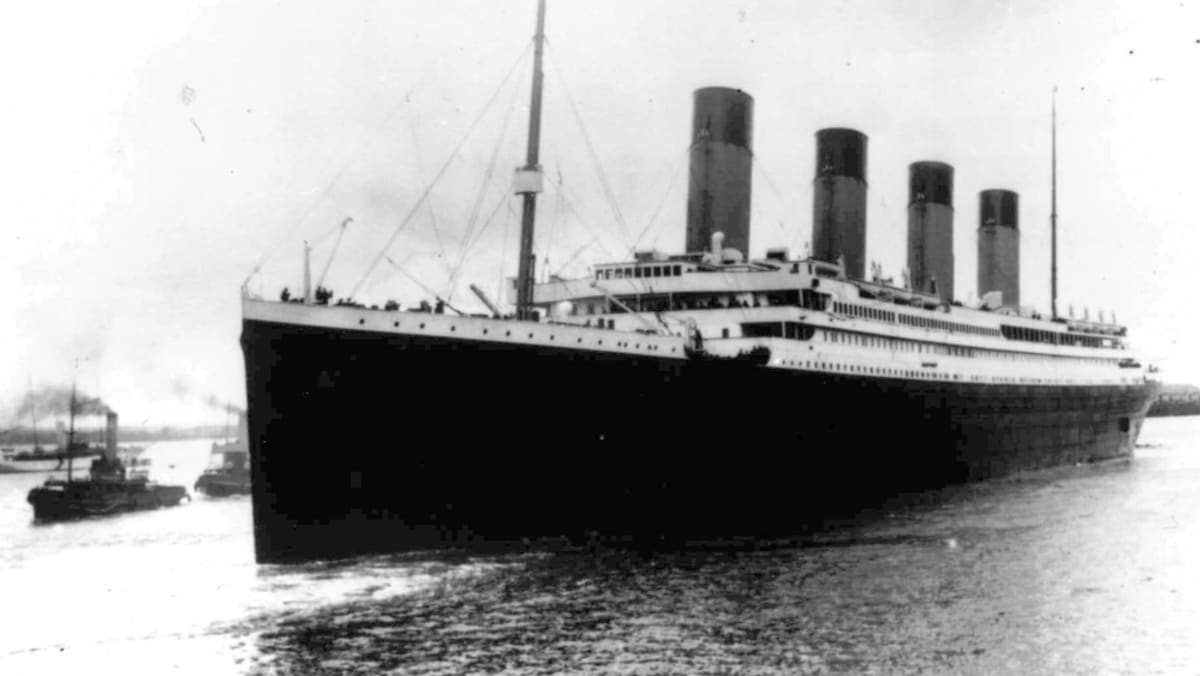Commentary: How the Titanic wreck became a money-making scheme
Not everyone gave glowing reviews, though. Some crowds protested when they discovered that – contrary to false advertising claims – the reels didn’t actually contain footage of the sinking after all.
The actual film industry took things even further. Less than a month after the ship sank, Saved From The Titanic hit theatres. It featured Dorothy Gibson, an American silent film star who just happened to have been on the Titanic’s fateful voyage. The film, built around a series of flashbacks, showed Gibson reenacting her experience, all while wearing the very dress she had worn on that fateful evening.
Gibson’s film proved a huge hit, overshadowing another Titanic-related commercial success released to the German market: Nacht Und Eis, or Night And Ice. Both films excelled where the newsreels could not, building models that depicted the actual sinking. The Germans went so far as to show Captain Smith drowning. The audience loved it.
OTHER INDUSTRIES JUMPED AT THE OPPORTUNITY
But the big screen was only one of many places that attracted people eager to turn the catastrophe into cash. By the early 20th century AD, publishers had perfected the art of churning out “instant books” that purported to memorialise and document tragedies. When the Titanic sank, they didn’t hesitate.
The first instant book came out within a month of the sinking, followed by several others. These typically claimed to have some kind of official imprimatur – “the only authoritative book”, one claimed.
Printed on cheap paper and padded with passages taken from newspapers, these books reached a market through armies of salesmen, who went door to door collecting advance orders for the works, which typically sold for a dollar each, or about US$30 in today’s money.
For all the latest world News Click Here

